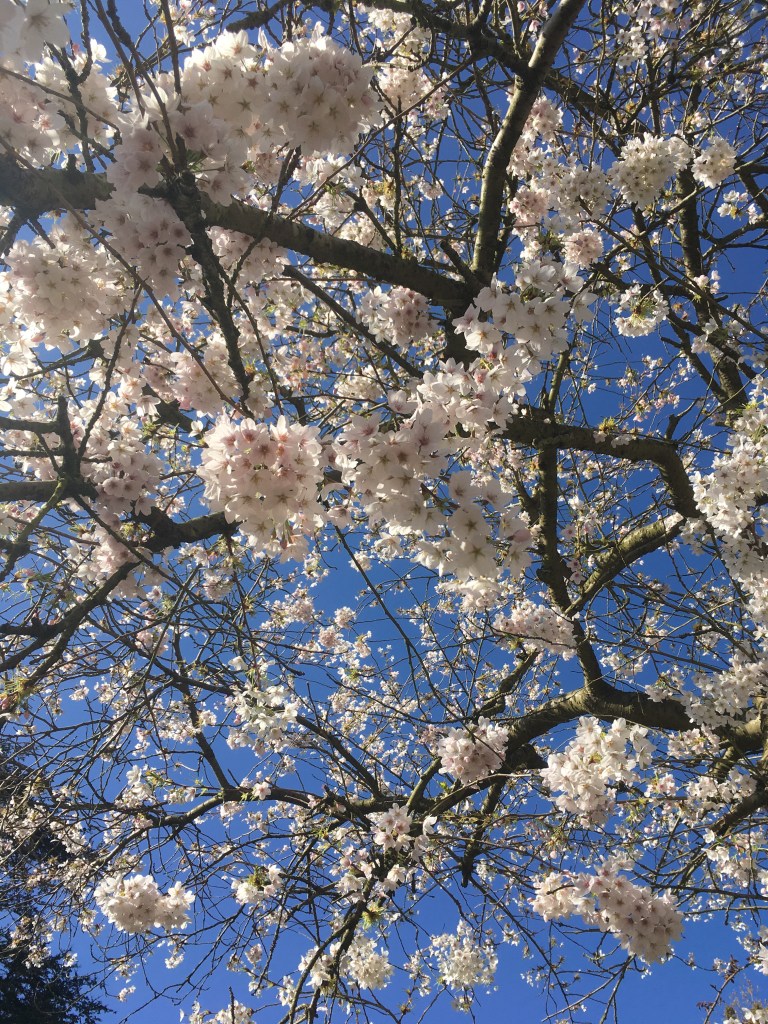
Where in the World Wednesday
Image



Brushing aside the sprinkling of snow we got this morning, London is tumbling muddily into spring. Neighborhood walks have yielded many delightful trees and bushes blossoming. Enjoy!








Rainbow and roses on the road to my home in London, England; June 13, 2020

Crystal Palace, London, England; May 29, 2019

London, England; May 4, 2019




Happy Spring! Enjoy a few flowers from around London in the last few weeks.
(I’m absolutely including dandelions — they make me happy when they flower and happy when they turn to downy tufts, and I won’t call them a weed.)

Owen Rose Garden, Eugene, Oregon, USA; September 1, 2018

Cotswolds, England; July 16, 2017
England is home to some of the oldest wild bluebell woods in the world, and the British get pretty excited about seeing “a blanket of bluebells.” After walking through the woods of Ashridge Estate earlier this May, I see what they mean — it’s a wonderful sight, just a layer of purplish blue spread out as far as you can see, amongst the deadwood of the forest floor and the green trees glowing in the springtime sunlight.

The English bluebell is very delicate, and if you walk on some, the crumpled leaves can’t rally and photosynthesize anymore, so the flowers die, and it can take years for them to grow back. It’s actually illegal to intentionally disturb or uproot bluebells in the United Kingdom. Since about half the world’s bluebells are found here, you can see why they’re so eager to protect the fragile flower.
The walk from Tring train station to the visitor center at Ashridge Estate isn’t complicated, but it’s also not very well signed, so we took a slight detour down one right-of-way path along a field of something green, rather than following the path along a different field, but that just meant we saw something a little different on our walk back to the train station.
The best part about all of this was that we’d been told the bluebells were past their peak and there probably wouldn’t be much to see — even the woman at the visitor center sounded doubtful that the woods were looking so good. All I can say to that is, this has got to be the most beautiful decline I’ve ever seen. The season is short, but if you’re able to get to a British wood in late April/early May, go looking for a blanket of bluebells — it’s worth all the superlatives attached to it.


London, England; April 23, 2016